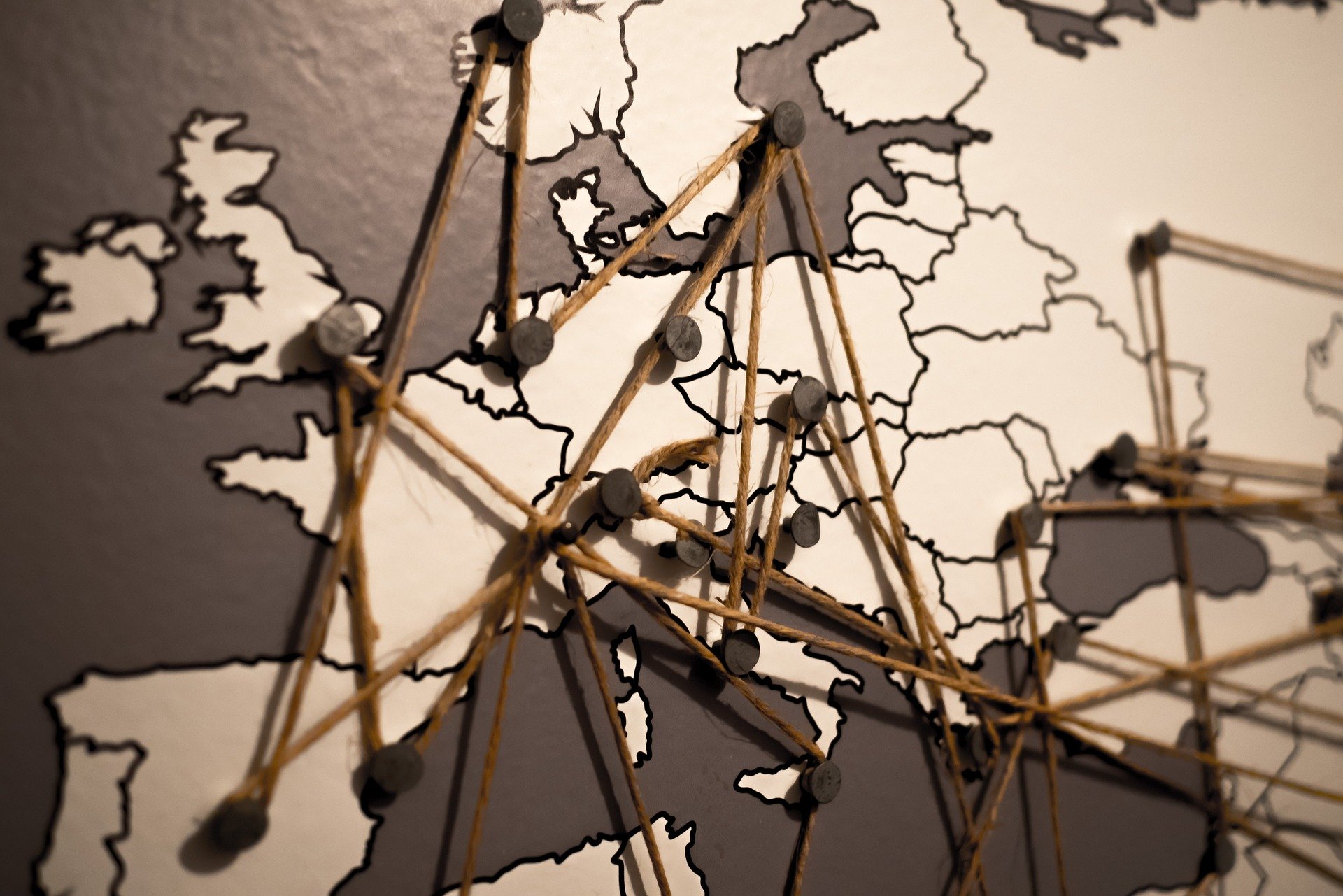Geolocation technology can identify the location of the computer or mobile device user. This can be applied in a variety of ways, but the use for online retailers is particularly significant. Online stores have suffered in the past from lack of accessibility from various geographical areas.
This problem has been tackled by geolocation technology, which makes it possible to interact directly with customers anywhere in the world. However, there is no longer any need to set up multiple online stores in order to gain access to these markets.
What is Geolocation Technology?
This technology doesn’t automatically produce conversions from leads, so it is necessary to have an application interface to get this result. The Advanced Store Localization app for Shopify enables online retailers to leverage geolocation technology to improve their online sales as well as conversions from the specific country’s website. It solves many of the problems that faced previous generations of online retailers who used Shopify to sell products to customers all over the world.
How Geolocation Helps Online Stores
There are many potential advantages of using geolocation technology for online stores. Online retailers can benefit from leveraging this technology to increase product sales while also overcoming the challenges of using geolocation for Shopify stores. Each zone can be customized with very little effort, and this leads to better conversion rates. The online retailer can also select the correct currency for the viewer to see, and this reduces confusion.
It also improves the confidence of the customer who will assume that the site is based in a local area. It is important for customers to only see information that is relevant to their area. It increases the trust relationship, which ultimately leads to a converting customer. The geolocation app can also help to capture traffic that would otherwise bounce from the page if non-relevant information were displayed. This is also an opportunity to target the customer by pointing them in the direction of products that they can purchase.
The store owner can also hide the currency selector, which prevents visitors from changing the currency. The smart detection feature can still be enabled, which allows visitors to use their preferred currency. The ability to configure entire zones is significant because it allows retailers to customize the ideal experience for a block of countries instead of handling them one at a time.
Country-Targeted Geolocation
Redirects also put an additional layer of complexity onto the process, which ultimately reduces the online retailer’s exposure to customers within the target countries. The solution to these problems is found in the Advanced Store Localization app, which enables users to display appropriate products, prices, and content. This content should be unique for each country, so the app uses the IP data of the user to display the most relevant content on the screen.
The need to use multiple stores created an additional barrier for retailers in the past. The app provides a superior method compared to the options faced by previous generations. This usually involved extensive labour for data collection, for example. This included the tedious process of configuring actions for each individual country. In addition to driving up the time necessary to complete this task, it would also require an inordinate amount of labour power to complete.
Handling each individual country can be time-consuming and tedious. This has been a common problem in the past, and feedback was taken into consideration when developing this new app. It allows online retailers to set a rule for every relevant zone simultaneously. The ease of use is built into the user interface, and it allows users to determine a variety of perimeters without excessive time requirements.
This includes the products displayed to the visitor. It also includes the precise pages to be displayed, and display enables zone-specific email addresses and phone numbers. Online retailers can also block users who don’t reside in the target location, and this minimizes the unwanted effect of irrelevant traffic or inquiries. The interface is easy to use, and it can work with most of the common templates available.
Enabling Geolocation, Shopify Stores
In the past, there have been a series of challenges facing store owners who wanted to enable geolocation on Shopify stores. This included the process of creating multiple stores while facing a limitation on the available functions. This situation effectively reduced the usability of the procedure, and the usage rates also plummeted. The new app design allows store owners to enjoy expansive functionality while eliminating the need to create multiple online stores.
Another common problem was the issue of page redirection. The previous generations of Shopify users had to face slow Javascript redirects, which would take excessive amount of time to refresh the page. This increased the bounce rate and frustrated site owners. The new Advanced Store Localization App succeeded in overcoming the most common problems faced by Shopify users while improving the most important metric.
Conversion rates reflect the user’s satisfaction with the interface. The Advanced Store Localization Shopify App overcomes the challenges of geolocation in Shopify stores in a variety of ways. The visitor will see only location-specific information, and this includes the currency used in their area. The ability to organize all of your countries into a zone is good, but the ability to set rules for the entire zone is even better. This includes a variety of important actions that ultimately allow you to enjoy greater levels of control than ever before.
Examples include the currency selection, products and pages that are seen by each user within that zone. Online retailers can also change the settings to redirect visitors in cases where there is a global area served through the app. Ensuring that all contact information is relevant and specific to that region is another critical feature. All of these improvements can transform the way online retailers do business through leveraging the power of geolocation technologies. This will reduce the confusion of visitors who come to the site expecting to see localized information on the page.


